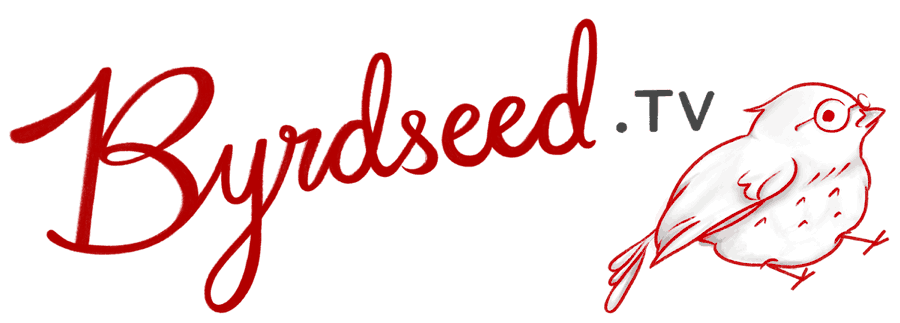Running A “Notice, Wonder” Lesson
The Goals
In a “Notice, Wonder” lesson, our goals are to practice:
- slowing down to notice details
- asking a wide range of questions
- being comfortable with ambiguity — not all (or even most) of the questions will get answered
The success of these lessons depends on the culture of your classroom: do students feel safe wondering out loud and taking risks? Set rules and expectations as needed to ensure it a safe place. This will take practice!
Steps
Here are the steps I’d follow:
- Explain that, in this lesson, the students’ job is to ask questions – not answer them.
- Present students with a Puzzlement — something that naturally perplexes or confuses them. If it’s not truly interesting, this won’t work.
- Ask students to think silently about what details they notice.
- Allow students to share out what they notice. I’d recommend using equity sticks or something similar to call on random students. Everyone should be able to notice something.
- This will often naturally transition into questions, or you can explicitly ask “What do you wonder?”
- Slowly move to the next slide, which will reveal a bit more of the image. We’re practicing flexible thinking. New information may change our original ideas.
- Write down all of your students’ “notices and wonders” on chart paper, a google doc, post-its on a wall, etc. This is part of honoring their thinking.
- Make sure to notice and wonder yourself. Model curiosity for your class.
You can praise fluency (lots of questions) as well as originality (unexpected questions).
Next Steps
You’ve noticed and wondered. You have a list of questions kids created. What next? Do not just assign questions as homework. Kids will quickly learn never to ask questions again if it just becomes more work.
Other than that, you might:
- Use this lesson as an opening lesson for a unit. As you teach the rest of the unit, you can answer the questions posed during this lesson.
- Allow students to research the most interesting questions using textbooks and other resources. This would be a group investigation.
